25
February
Olympic Inspiration
Posted by Greg Carter
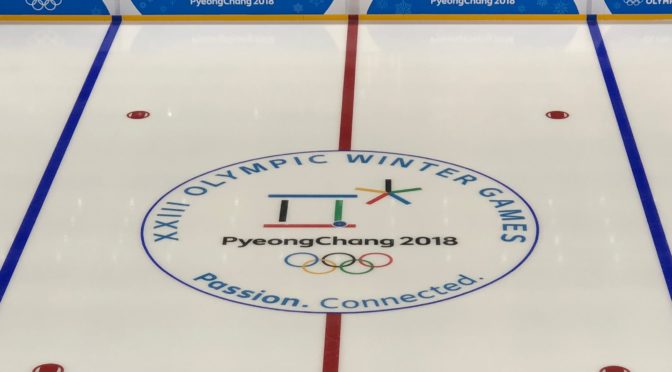
Watching the Olympics in Pyeongchang, and specifically the U.S. Women’s Hockey Team win gold, was a great opportunity for young athletes to gain some motivation and inspiration. Here are some of the excellent lessons and takeaways for hockey players from the 2018 Winter Games.
Follow Your Dream. One of the best parts of the Olympic telecasts are the stories about the athletes themselves. Where they came from, their home town, their grassroots level coaches, their family and friends. When you get a behind the scenes look at these athletes competing on a world stage for all to witness their extreme highs and devastating lows, you realize they are just like . . . you! They started as normal, everyday athletes from across the U.S. who followed their dream, and were lucky enough to accomplish it! What is your dream?
Stick With It. Olympic hockey without NHL players was interesting. Some of the coolest stories were about the players in the twilight of their career who only a short time ago never dreamed of pulling an Olympic jersey over their shoulders. These are the guys who perhaps appreciated it the most; players who grinded through a career in the minors or played in Europe or other far-away places. But their love of the game and commitment earned them a spot representing their country in the Olympics!
Training Pays Off. Whether it was cross country skiing, hockey or snowboarding, these are extremely well-conditioned athletes. Every single one of them. It seemed however, that when you followed the story line of the best of the best, these were the athletes that went above and beyond the rigorous training of their teammates and competitors. Sure, there is some God-given talent in these athletes, but the best of the best combine that talent with a work ethic and training program outdone by no one.
Winning Is The Greatest! Watching the emotional celebrations of the athletes was super cool. Seeing the raw emotions when they captured a medal, it was evident that the culmination of all of their years of training, sacrifice and dedication was spilling over. To spend the thousands of hours training, away from school, family, friends and a normal life, all to capture that win, is something special and should serve as motivation as we all try to win in our own lives each and every day!
The Olympics are a very special time, and there are many inspirational lessons to be learned from all of the athletes from around the world. Take those lessons and apply them to your daily routine for hockey, and you are sure to improve your overall game, on and off of the ice. Thanks for reading, and we invite you to follow your dream with us this summer at one of our 2018 hockey camps located in 10 states! Registration is in full swing, claim your spot today!



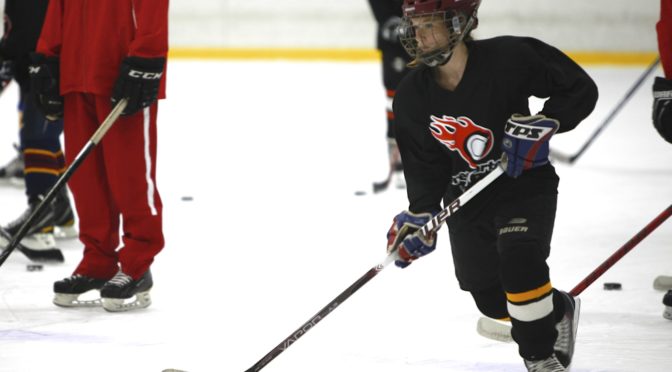
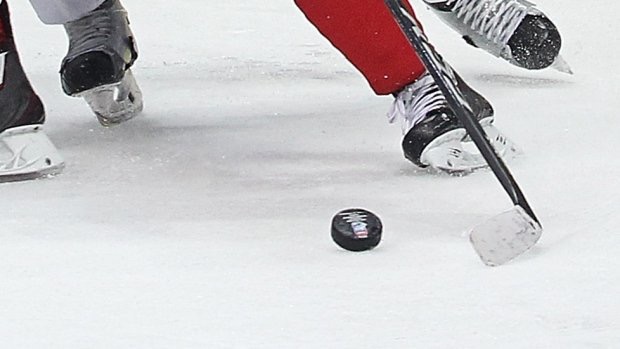
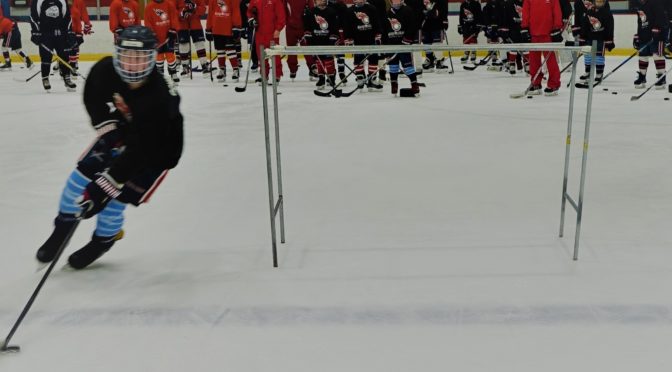
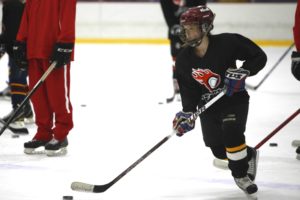
 Subscribe
Subscribe Subscribe
Subscribe




